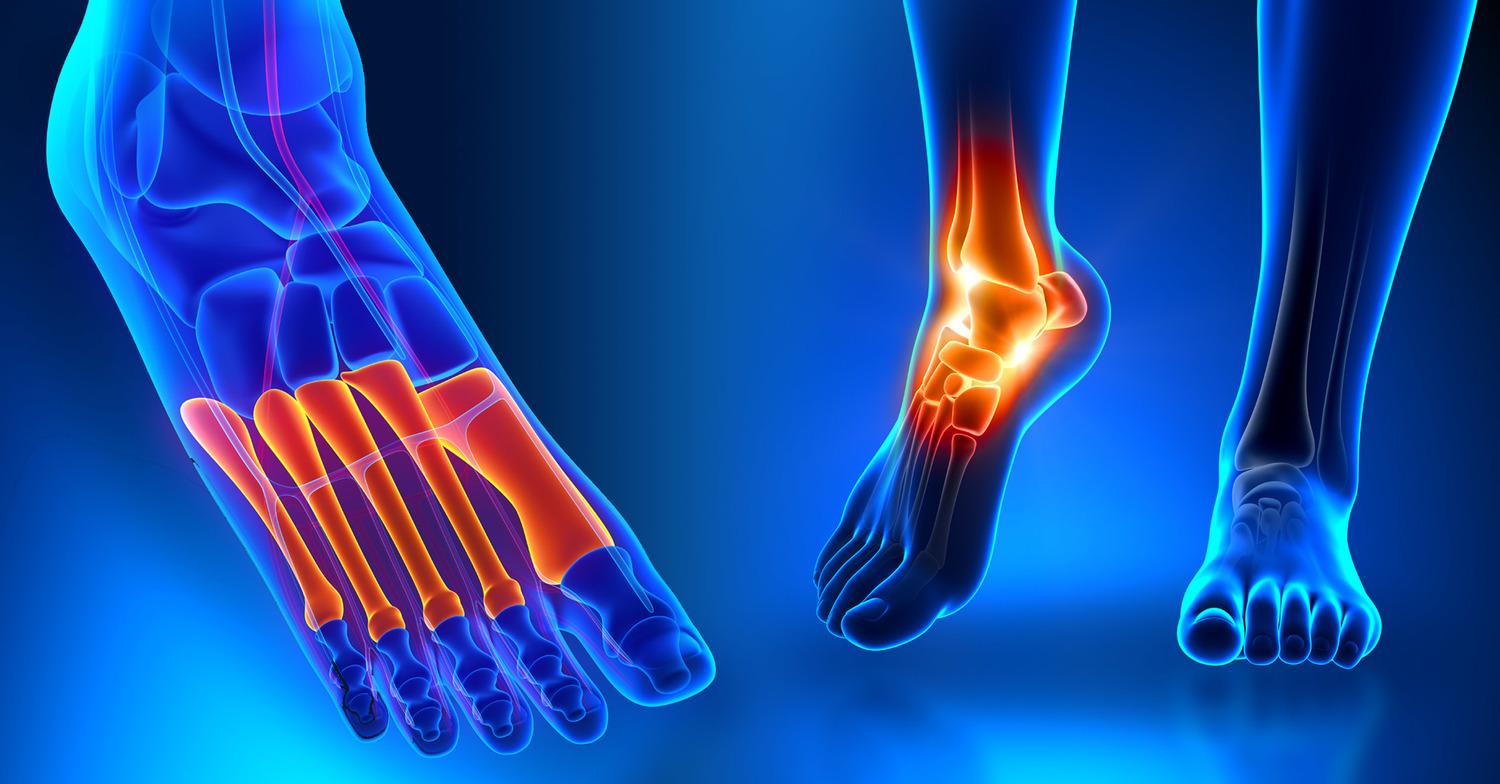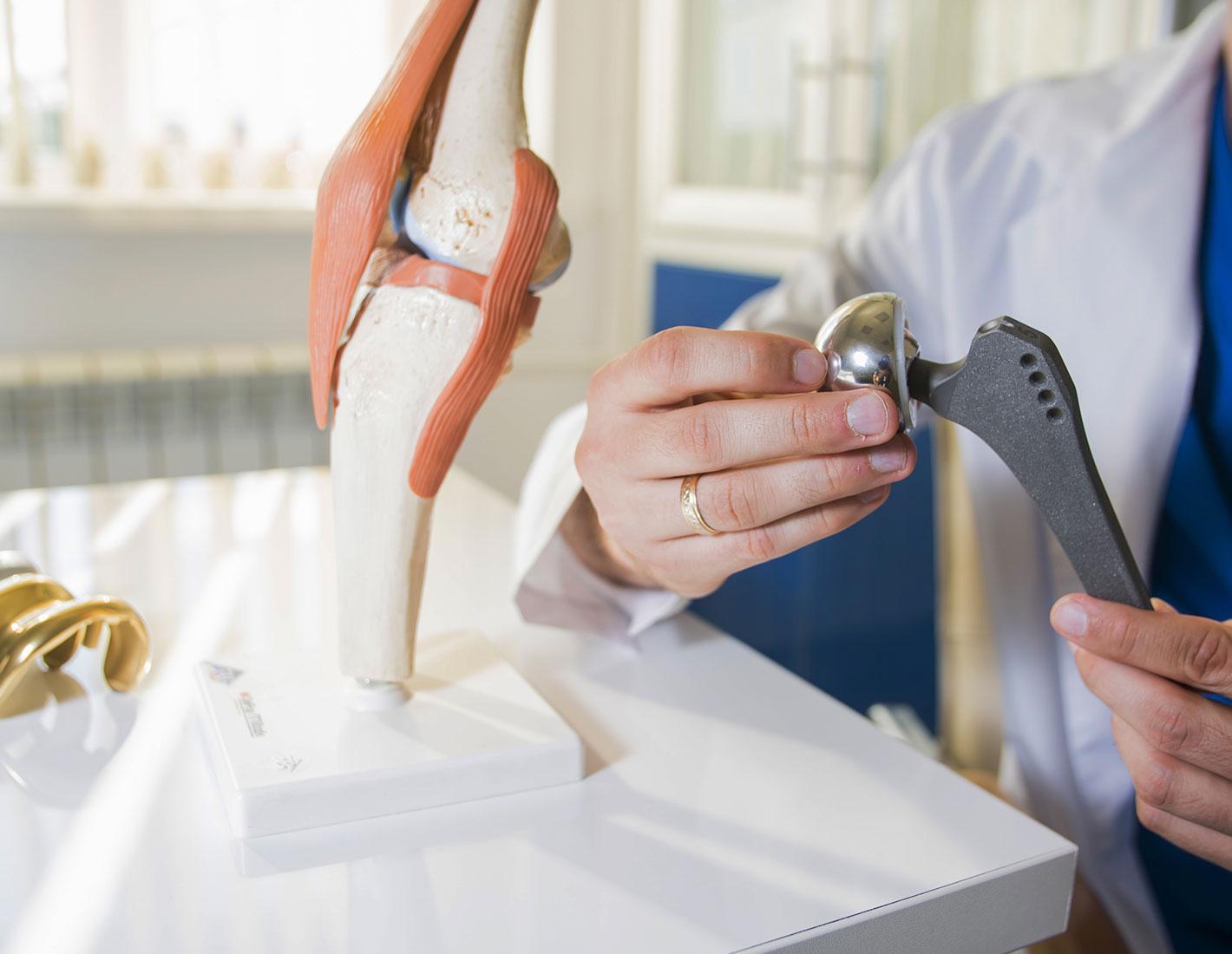The field of orthopedics is constantly evolving and researchers are continually striving to develop new technologies and treatments for various musculoskeletal conditions. One major area that holds promise for the future is regenerative medicine.
Regenerative medicine involves using stem cells, growth factors, and other biomaterials to repair and restore damaged tissues. This approach aims to stimulate the body’s natural healing processes and promote tissue regeneration. In orthopedics, regenerative medicine has the potential to revolutionize the treatment of injuries and degenerative conditions.
One exciting area of research within regenerative medicine is the use of stem cells. Stem cells are undifferentiated cells that have the ability to differentiate into various cell types. In orthopedics, stem cells can be used to repair damaged cartilage, bone, and other tissues. Researchers are exploring different types of stem cells, such as mesenchymal stem cells derived from bone marrow or adipose tissue, to determine the most effective source for tissue regeneration.
Another promising area of research is the development of 3D printing technology in orthopedics. 3D printing allows for the creation of custom implants, prosthetics, and scaffolds that perfectly match a patient’s anatomy. This technology has the potential to greatly improve patient outcomes and reduce the risk of complications. Additionally, 3D printing can be used to create models for preoperative planning and surgical training, leading to more precise and effective procedures.
Additionally, advancements in robotic-assisted surgery are shaping the future of orthopedics. Robotic systems can assist surgeons in performing complex procedures with increased precision and accuracy. These systems utilize advanced imaging, navigation, and robotic arms to enhance surgical outcomes and reduce the risk of human error. Robotic-assisted surgery is particularly beneficial in joint replacement surgeries, where precise alignment and placement of implants are crucial.
In conclusion, regenerative medicine, 3D printing, and robotic-assisted surgery are expected to drive the next big advancements in orthopedics. These technologies hold great potential for improving patient outcomes, reducing complications, and revolutionizing the field of orthopedic medicine. As researchers continue to make breakthroughs in these areas, the future of orthopedics looks promising.
What is the future outlook for orthopedic surgeons?
What is the job outlook for new Orthopedic Surgeons? There are 21,017 jobs in this career today. It is projected to have 22,091 jobs in 5 years for a growth rate of +5.11%. The growth rate is a national projection of how many job openings will exist in this career in the future as compared to today.
Is there a difference between orthopedic and orthopedist?
Orthopedists, often mistakenly referred to as orthopedic doctors, specialize in diagnosis, treatment, prevention and rehabilitation of musculoskeletal conditions. Orthopedic surgeons also diagnose, treat and prevent musculoskeletal problems, but they can perform surgery when necessary as well.
What is the future of orthopedics?
The future of orthopedic surgery will give rise to rapidly advancing technology. We will see the continued expansion of robotic-assisted surgery and artificial intelligence. There will also be an expansion in the indications and roles for orthobiologics for sports medicine and orthopedic surgeries.May 9, 2023
What is the difference between podiatrist and orthopedic?
Unlike podiatrists that only treat the foot and ankle, an orthopedic doctor also treats other body parts such as the knees, hips, and spine. If podiatrists are foot and ankle doctors, orthopedists are bone and joint specialists.



